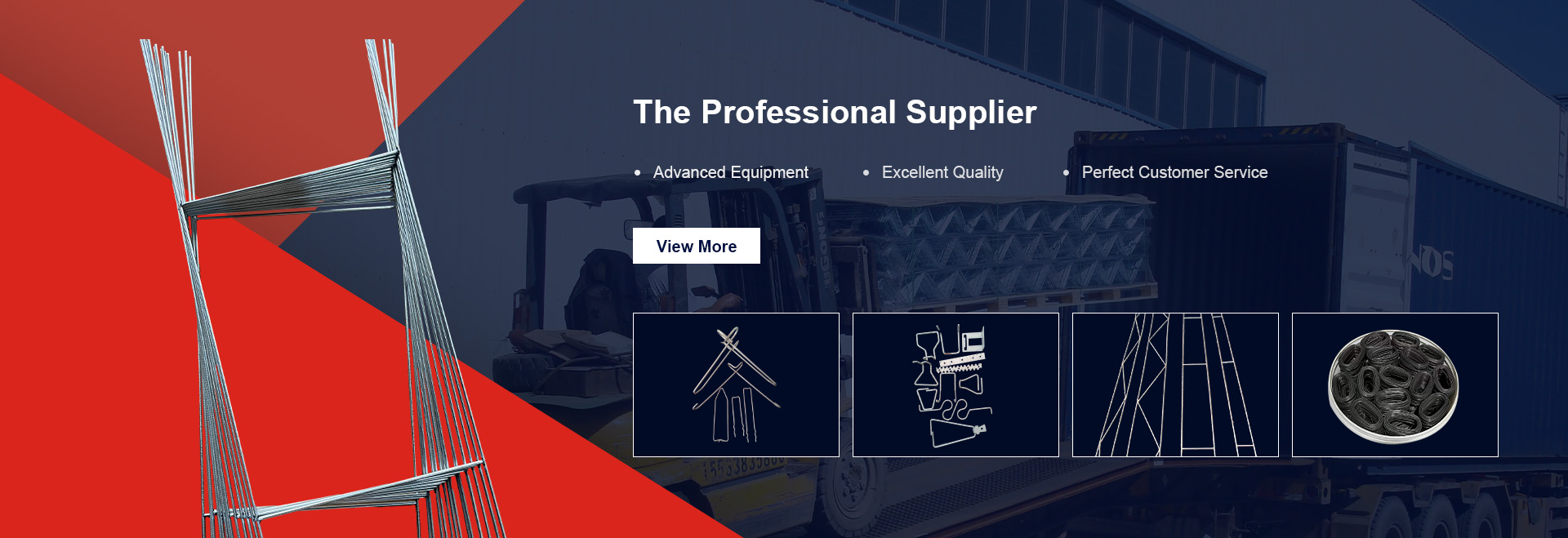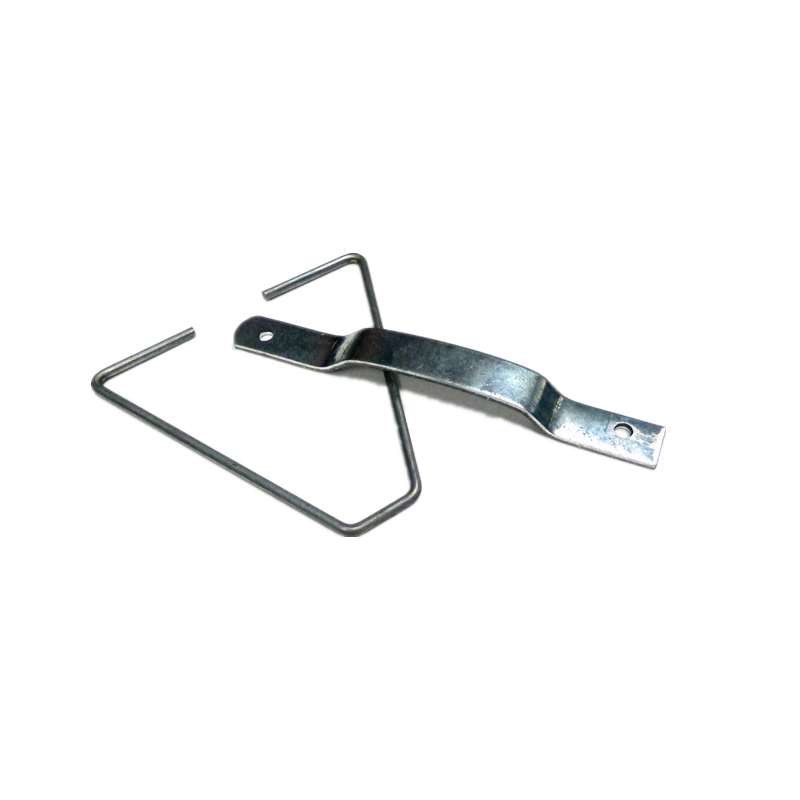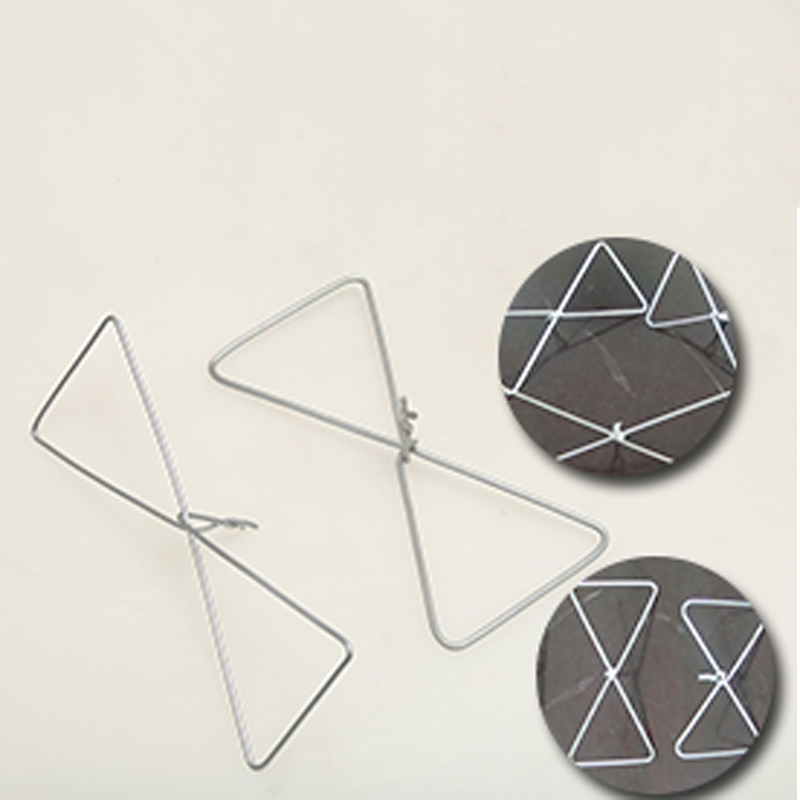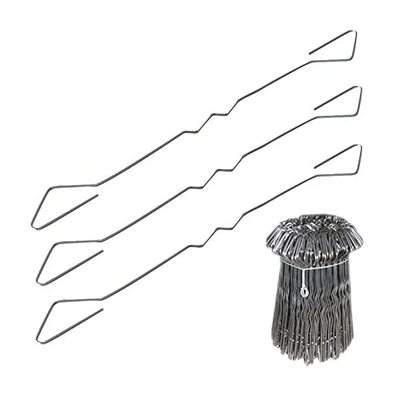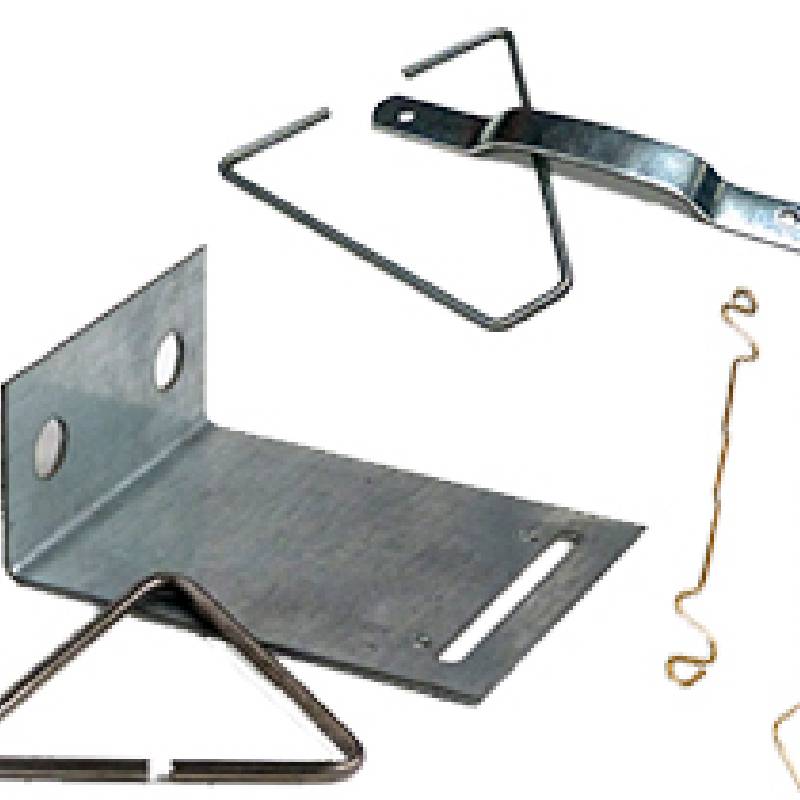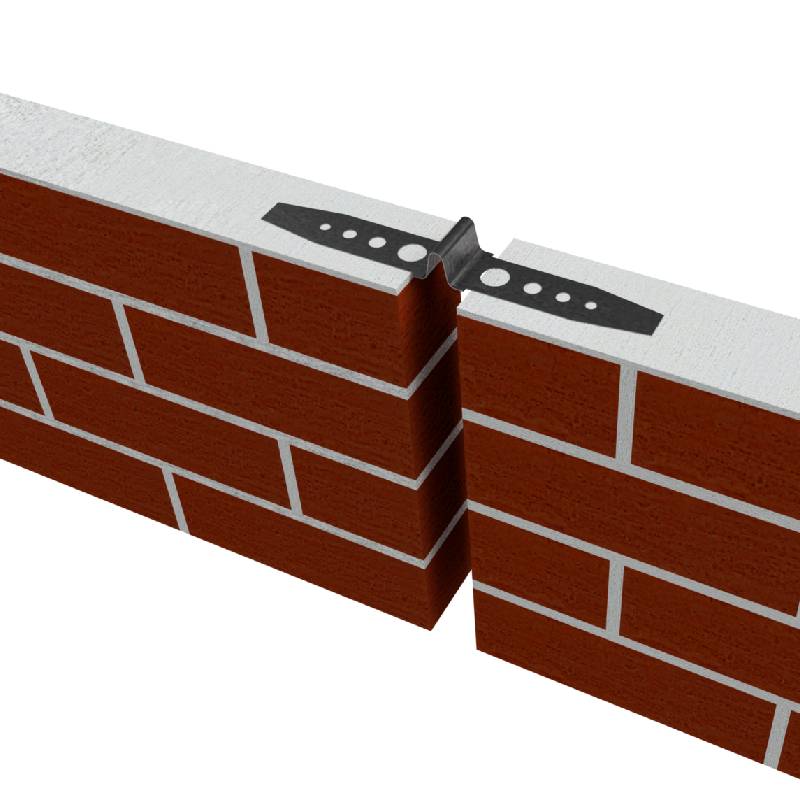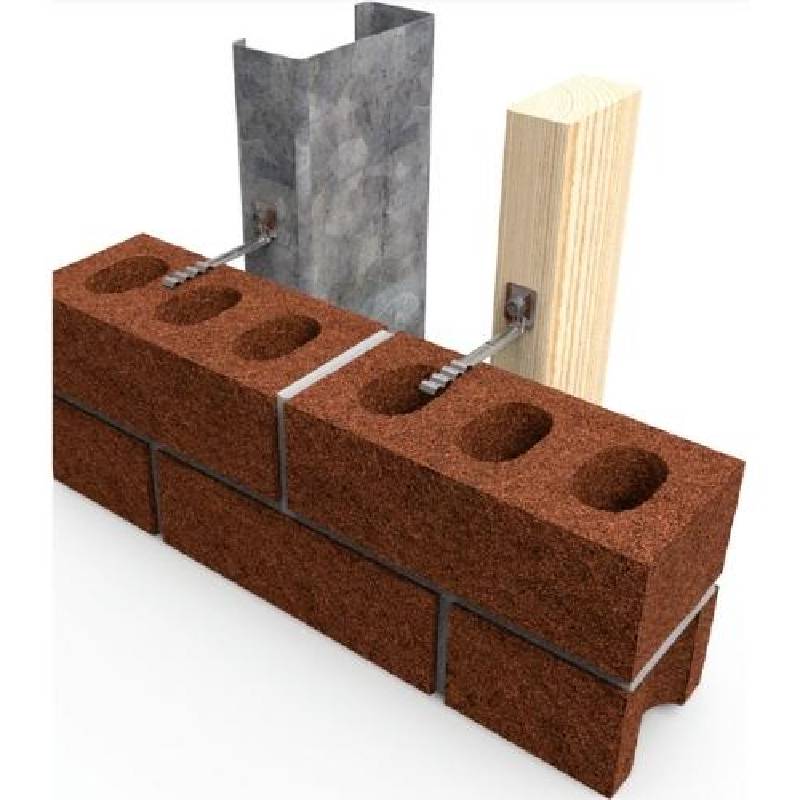Seinäsiteet
Seinäsiteiden tyypit
In the construction industry, one of the key components that often goes unnoticed but is crucial for the stability and durability of a building is wall ties. Wall ties are essential for connecting the internal and external walls of a building to ensure structural integrity and safety. There are several types of wall ties available, each designed for specific purposes and applications.
1. Masonry Ties:
Masonry wall ties are one of the most commonly used types of wall ties in construction. They are typically made of stainless steel or galvanized steel and are used to connect the inner and outer walls of a cavity wall. These ties are designed to provide lateral support and prevent the walls from separating.
2. Resin Wall Ties:
Resin wall ties are an alternative to traditional metal wall ties and are often used in situations where metal ties may not be suitable, such as in areas with high levels of moisture or humidity. Resin ties are made of a strong synthetic material that is resistant to corrosion and decay.
3. Screw-In Ties:
Screw-in ties, as the name suggests, are wall ties that can be screwed directly into the masonry to provide a secure connection between the walls. These ties are easy to install and can provide excellent structural support.
4. Adjustable Wall Ties:
Adjustable wall ties are versatile wall ties that can be adjusted to accommodate variations in wall thickness. These ties are ideal for situations where the width of the cavity may vary, as they can be customized to fit the specific requirements of the project.
5. Wire Ties:
Brick wire ties are simple yet effective wall ties that are made of durable wire. They are often used in masonry construction to provide basic support and reinforcement between the walls.
What Are Wall Ties Used For
Wall ties are essential components in construction, serving a crucial role in ensuring the stability and strength of masonry walls. These small but mighty metal pieces are specifically designed to connect two parallel walls, providing reinforcement and preventing them from separating or shifting over time. In other words, wall ties are the unsung heroes that keep our buildings standing tall and sturdy.
So, what are wall ties used for, you may ask? Well, let's dive into their functionality and importance in the world of construction. Concrete wall ties are primarily employed to create a strong bond between the inner and outer layers of a cavity wall. This bonding helps distribute the load evenly across the walls, reducing the risk of structural damage and enhancing the overall strength of the building.
In addition to connecting walls, concrete wall ties also play a significant role in improving the thermal performance of a structure. By joining the inner and outer walls, wall ties help create an air gap that acts as a barrier against heat loss, enhancing the energy efficiency of the building. This not only leads to a more comfortable living or working environment but also contributes to reducing energy costs in the long run.
Furthermore, concrete wall ties are crucial for ensuring the weatherproofing of a building. By securely fastening the brick or block outer layer to the inner frame, wall ties help prevent water ingress and moisture penetration, which can lead to dampness, mold growth, and structural decay. In this way, wall ties act as a protective shield, safeguarding the integrity and durability of the building against the elements.
So concrete wall ties are more than just metal connectors – they are essential components that uphold the stability, thermal efficiency, and weather resistance of masonry walls. Without these unassuming yet indispensable pieces, our buildings would be vulnerable to a myriad of issues, compromising their safety and longevity. So, the next time you admire a strong and well-constructed structure, remember to give credit to the humble masonry ties that hold it all together.
Wall Ties FAQs
What are wall ties?
Wall ties are metal connectors used to join the outer wall (often brick or stone) to the inner wall (usually a structural frame) of a building, ensuring stability and integrity.
Why are wall ties important?
Wall ties provide structural support by linking the exterior and interior walls, preventing issues like wall separation, bulging, or collapse. They help in maintaining the overall durability and safety of the building.
What are the different types of wall ties?
There are several types of wall ties, including:
Tiiliseinän siteet: Connect brickwork to a structural frame.
Stainless steel wall ties: Known for their corrosion resistance and longevity.
Cavity wall ties: Used to tie together the leaves of a cavity wall.
Mesh wall ties: Provide extra flexibility and strength.
How are wall ties installed?
Wall ties are typically installed during the construction process by embedding one end into the mortar joint of the outer wall and securing the other end to the inner structural frame or wall. Proper spacing and alignment are crucial for effectiveness.
What are the typical costs of wall ties?
The cost of wall ties varies based on the type, material, and quantity needed. Stainless steel wall ties tend to be more expensive due to their durability and corrosion resistance. Prices can range from a few cents to a few dollars per tie.






















